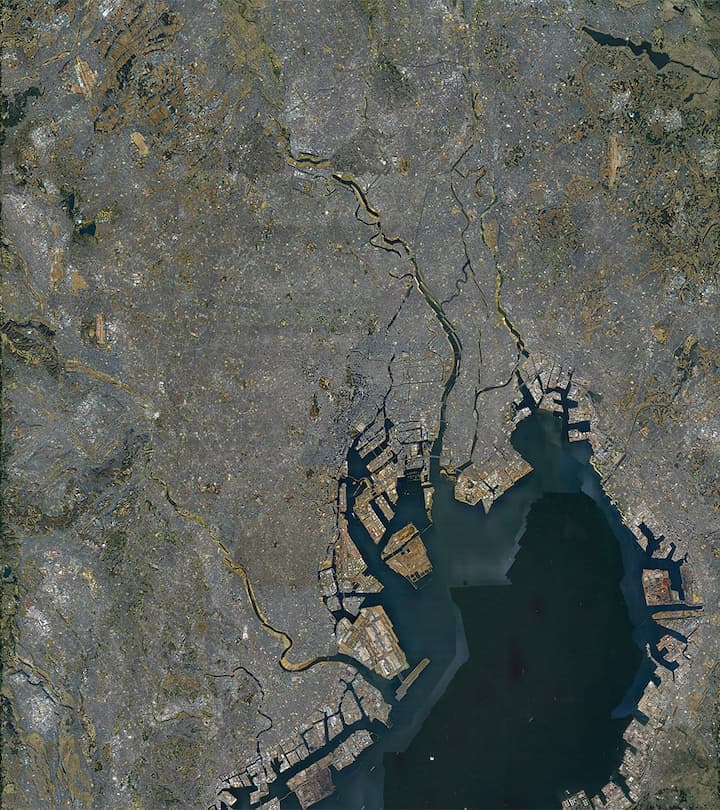Seam Carving
Digital Image Processing / 2023
This work is part one of my three-part degree project entitled “Techno Agriculturalism.” My aim was to create a kind of digital art that loosely mirrors real-world events. These aren’t precise simulations—intentionally denoted with a lowercase ‘s’—but more like artistic reflections of life, capturing its essence in visually interesting ways.
I tapped into the power of a seemingly magical yet cleverly straightforward algorithm called seam carving, which is better known as liquid rescaling or content-aware scale in Photoshop, and I manipulated the impacts it has on images. Instead of the algorithm's conventional role of preserving essential content, I tweaked it to selectively remove or maintain any element of my choice. With satellite images of cities as the starting point, I applied a conservation bias favoring urban environments. At the same time, I prioritized the removal of natural areas like forests and parks.
Through this digital manipulation, the piece, when compressed either horizontally or vertically, dissolves away the city’s greenery—parks and forests—as if subtly edged out of existence. This visual shift represents a real-world human mindset: the prioritization of human living space over natural landscapes. When the image expands, revealing newfound space, the instinct isn’t to restore nature. Instead, it’s seen as room for more urban development, reinforcing the narrative of human dominance and expansion over nature.
Carving in Motion
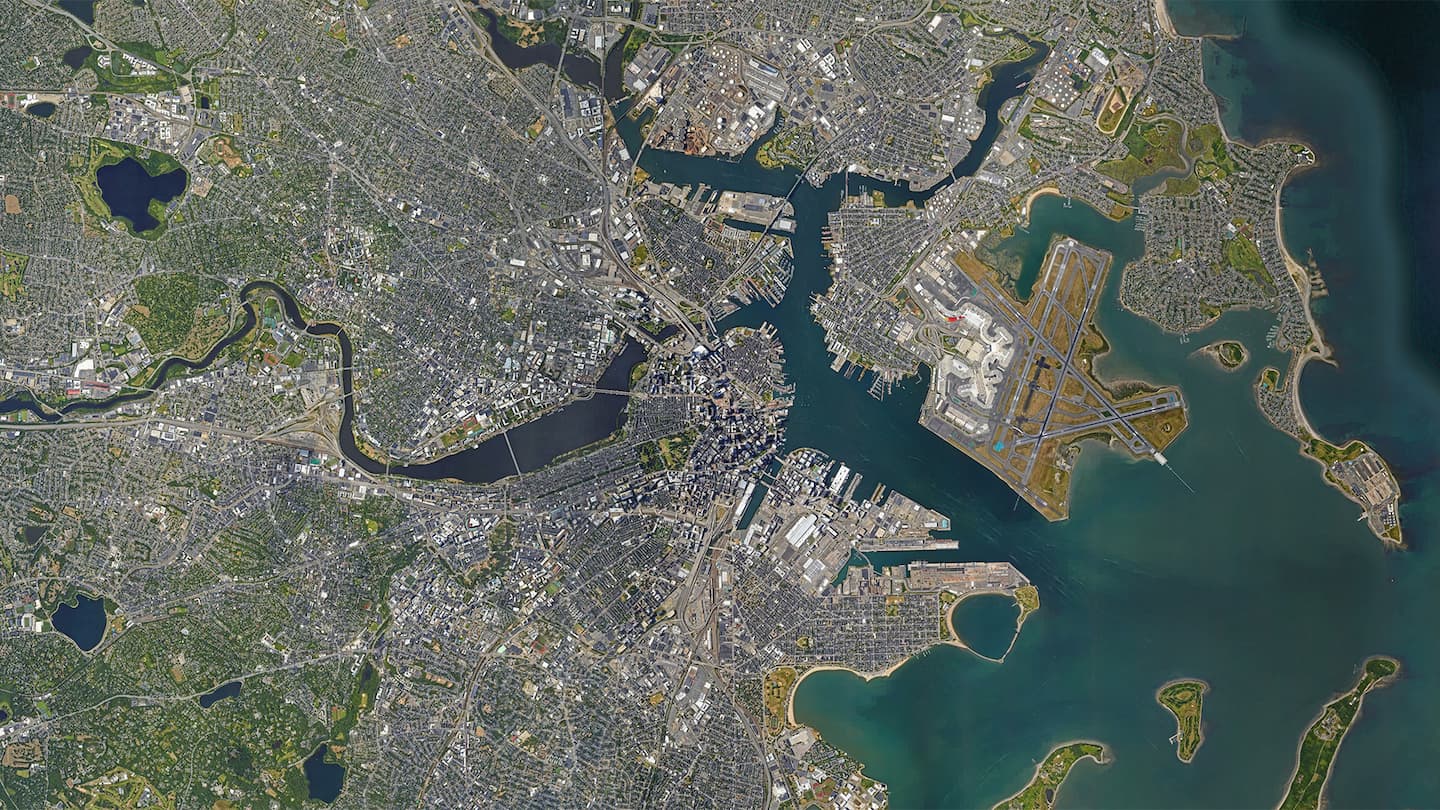
Boston
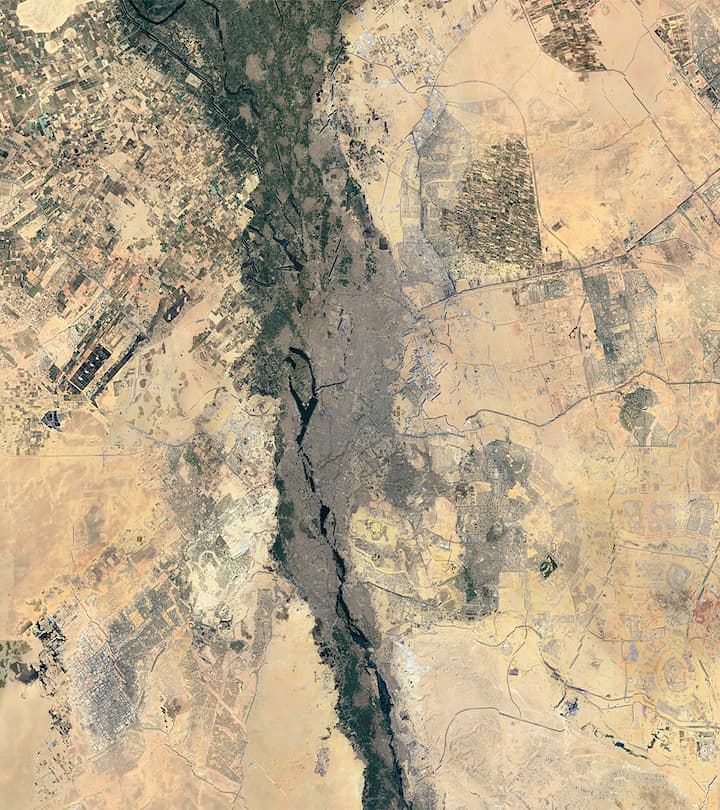
Cairo
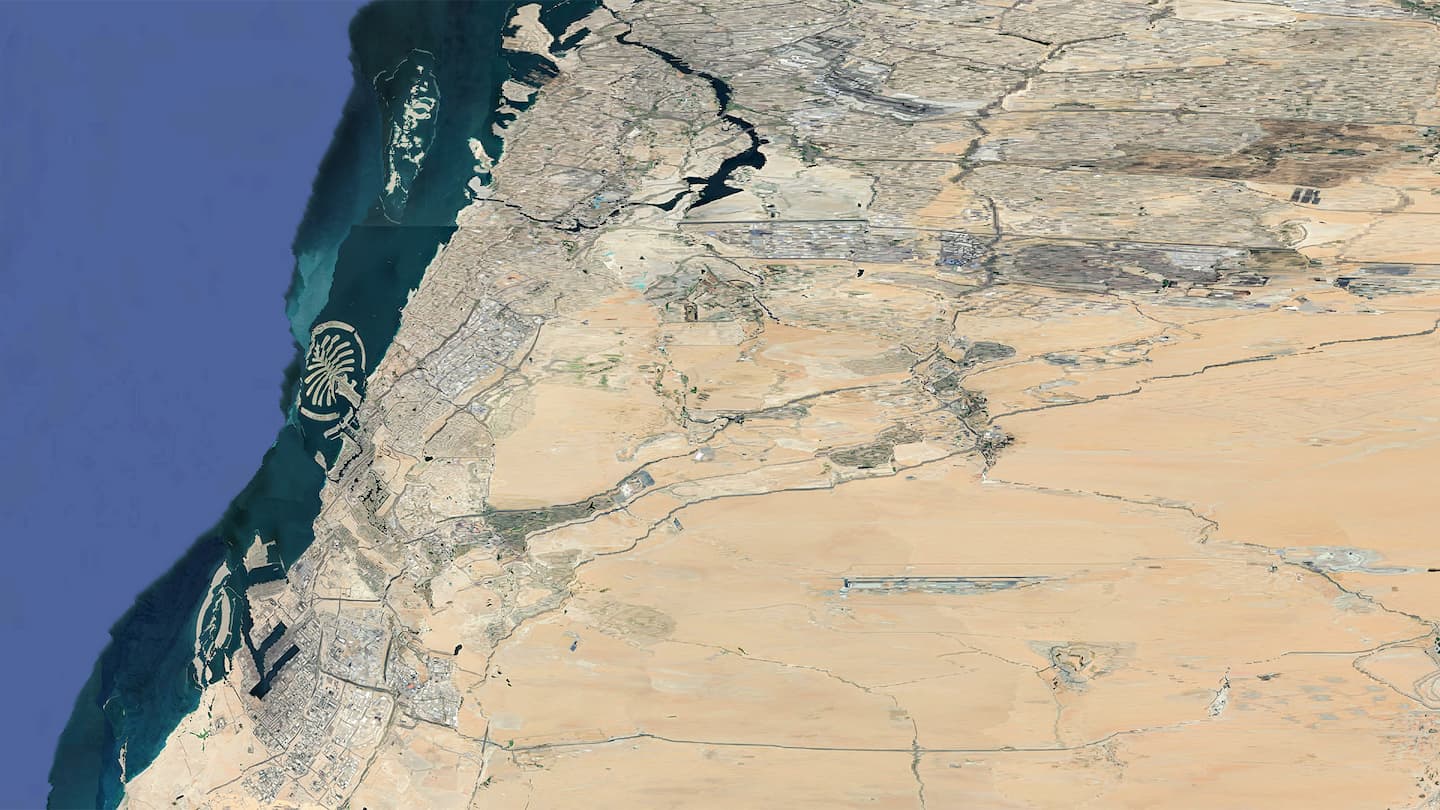
Dubai
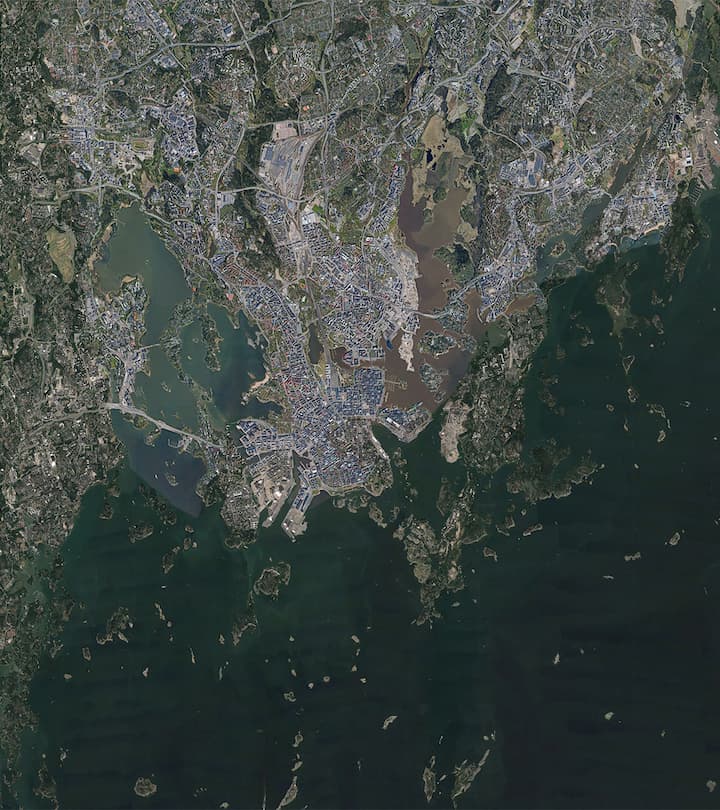
Helsinki
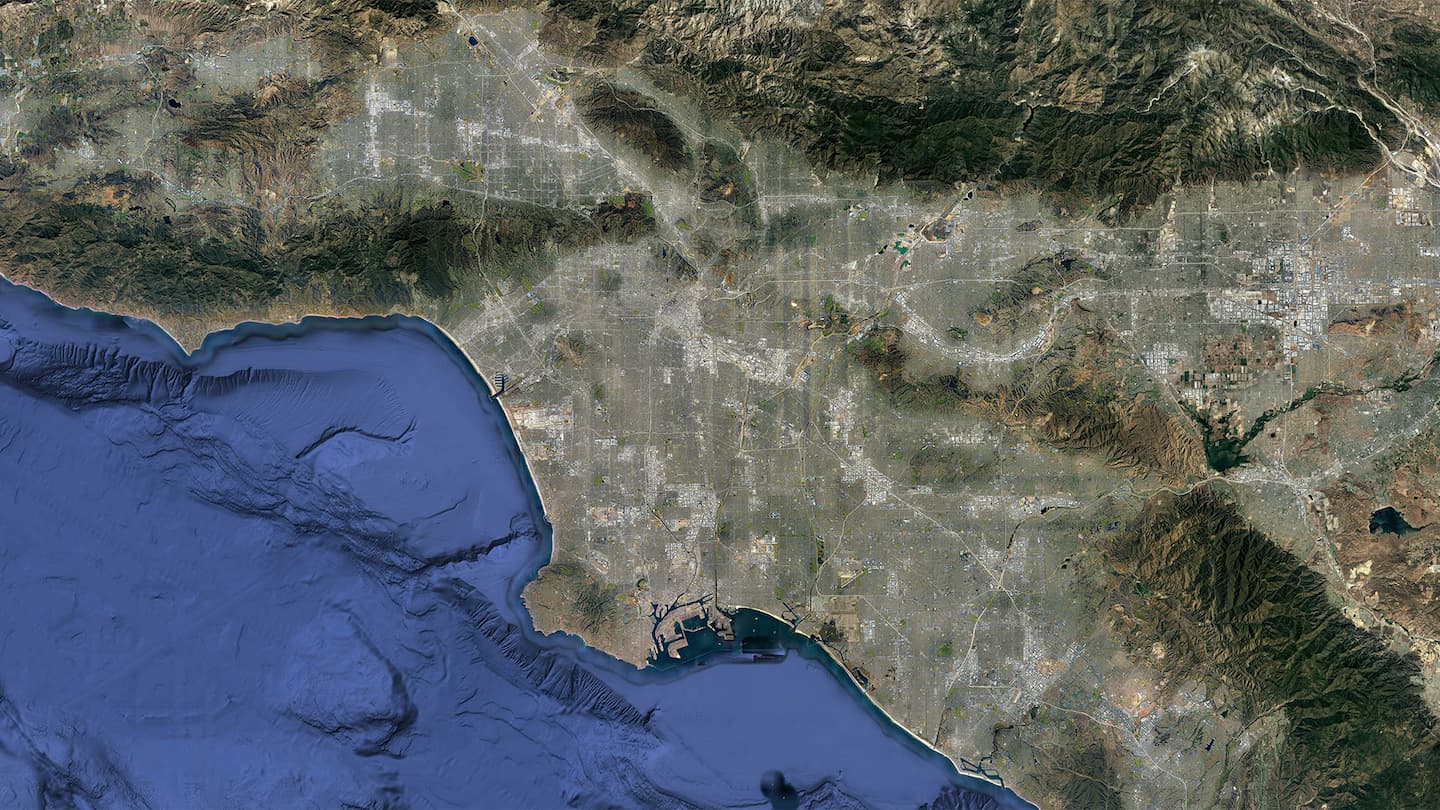
LA
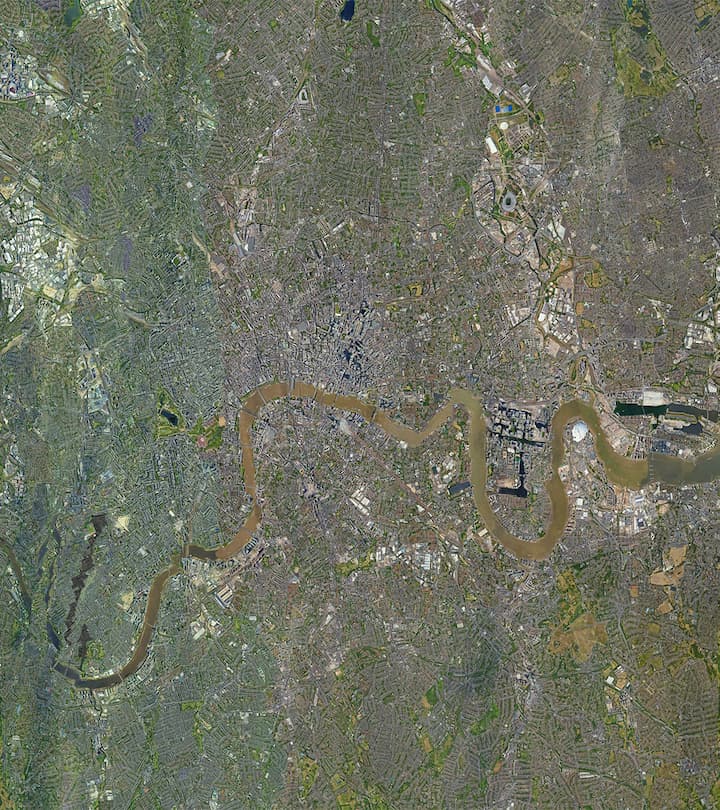
London
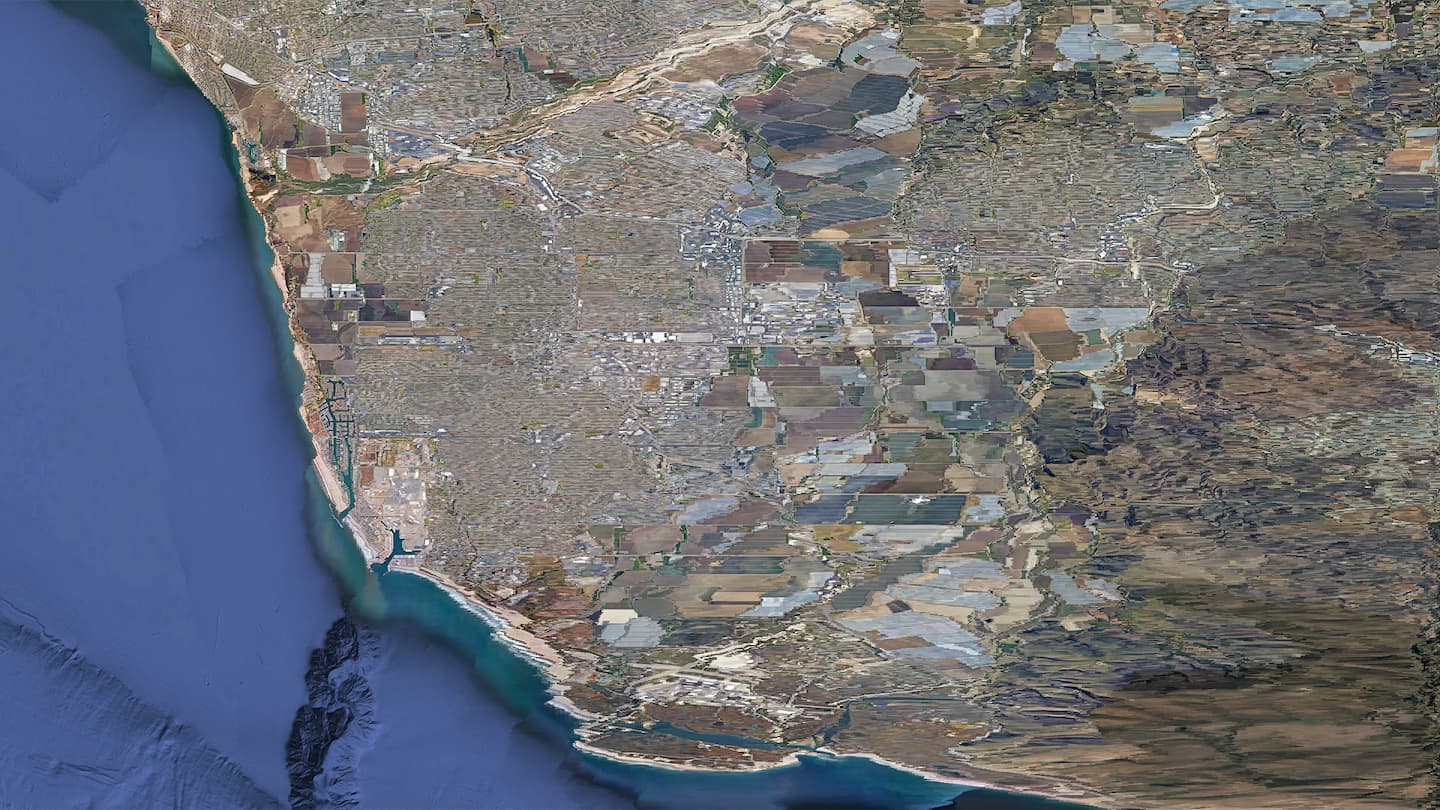
Oxnard
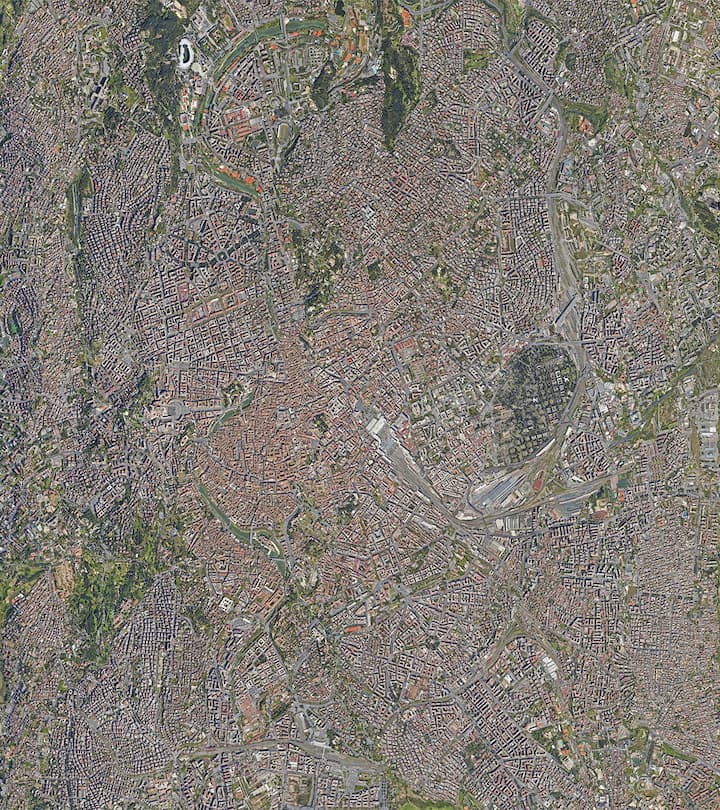
Rome
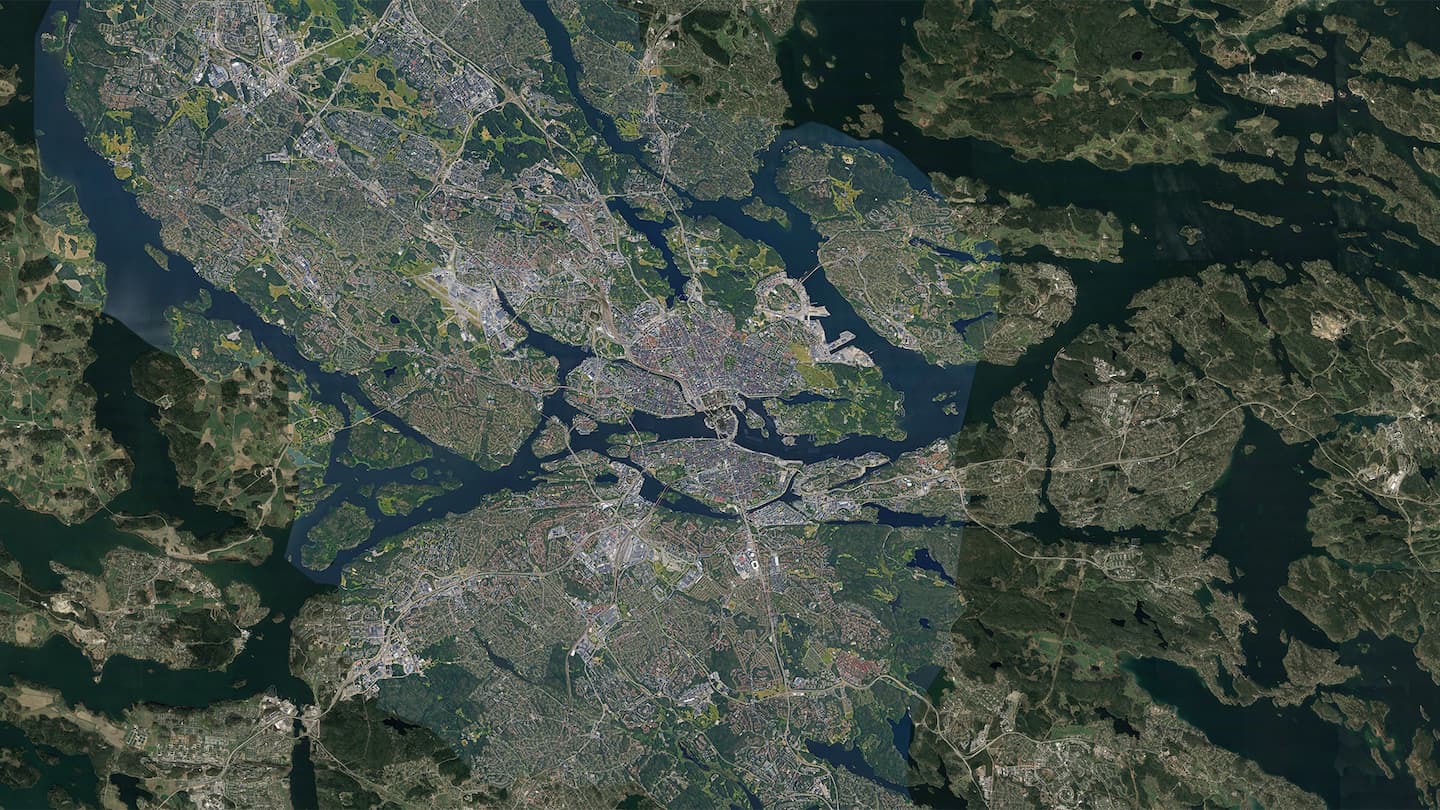
Stockholm
